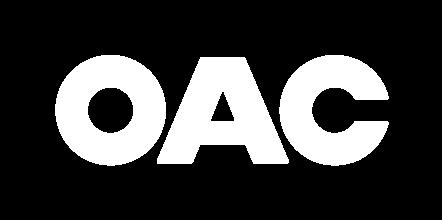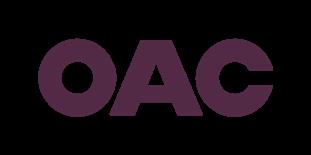NAVIGATING HB 1390
HISTORY OF HB 1390
The Clean Buildings Act was passed in 2019 to address greenhouse gas emissions related to the built environment. According to the WA State Department of Commerce, buildings account for 27% of all greenhouse gas emissions in WA state and are the fastest-growing emission source. To curb these emissions, the legislature passed HB 1257 in 2019 to create an energy performance standard for non-residential buildings and approved further expansions in 2022. HB 1390 was passed in 2023, amending the Clean Buildings Act and continuing the effort in Washington State to decarbonize campus buildings to achieve the state’s climate goals. This bill applies to campus energy systems which are defined as a collection of buildings served by a district heating, cooling, water reuse, or power system. HB 1390 offers an alternative compliance pathway to the state energy performance standard as outlined in HB 1257.
WHO DOES THIS APPLY TO?
1. Mandatory for state campus district energy systems.

• A state campus district energy system is defined as a collection of 5 or more buildings with more than 100,000 square feet of combined conditioned space owned by the state of Washington or any publicly owned properties that include a public-private partnership.
2. Optional for campus district energy systems.
• A campus district energy system is defined as a collection of 3 or more buildings with more than 100,000 square feet of combined conditioned space owned by a private entity or a public-private partnership where the public entity owns the building and the private entity owns the energy system.
COMPLIANCE TIMELINE REQUIREMENTS
TASK
Begin developing a decarbonization plan which includes identifying EUI targets for the campus
Notify Commerce of Participation
Submit final decarbonization plan
Submit Energy Management Plan (EMP) and Operations & Maintenance Manual (O&M) in accordance with the reporting schedule:
Tier 1: >220,000 sq. ft.
Tier 1: >90,000 sq. ft but less than 220,001 sq. ft.
Tier 2: >20,000 sq. ft but less than 50,001 sq. ft. & all multifamily residential buildings >20,000 sq. ft.
Tier 1: >50,000 sq. ft. but less than 90,001 sq. ft.
Submit EMP and O&M for buildings not covered
Submit decarbonization plan progress report
Submit decarbonization plan completion report
VIOLATION AND ENFORCEMENT
DEADLINE
June 30, 2024 to June 30, 2025
June 30, 2025
June 1, 2026
June 1, 2027
July 1, 2027
June 1, 2028
July 1, 2030
Every 5 years after June 30, 2025
July 1, 2040
WA State Department of Commerce is authorized to impose administration penalties upon building owners who fail to submit documentation demonstrating compliance. Failure to submit appropriate documentation by the scheduled reporting date/s will result in progressive penalties by legal notice. (Rule of Thumb: max fees in a 1-year period include a $5,000 base fee plus $1.00/sf of building space. For example, a 100,000 SF building can expect a max fee of up to $105,000 annually.)
EXAMPLES OF DISTRICT ENERGY SYSTEMS IN WASHINGTON
College/University
1. Central Washington University*
2. Evergreen State College*
3. Seattle University**
4. University of Puget Sound**
5. University of Washington*
6. Washington State University*
7. Western Washington University*
Healthcare
8. Fred Hutchinson Cancer Research Center (Seattle)**
9. Multicare Medical Center (Tacoma)**
10. St. Mary’s Medical (Walla Walla)**
Airport/Port
11. Seattle-Tacoma International Airport**
12. Spokane Airport**
Utility/Government
13. Budd Inlet Wastewater Treatment Plant (Olympia)**
14. Enwave Seattle**
15. Hanford Nuclear**
*These campuses are required to comply with HB 1390.


**These campuses are recommended but not required to comply with HB 1390. If they choose not to comply with HB 1390, they must comply with HB 1257.
